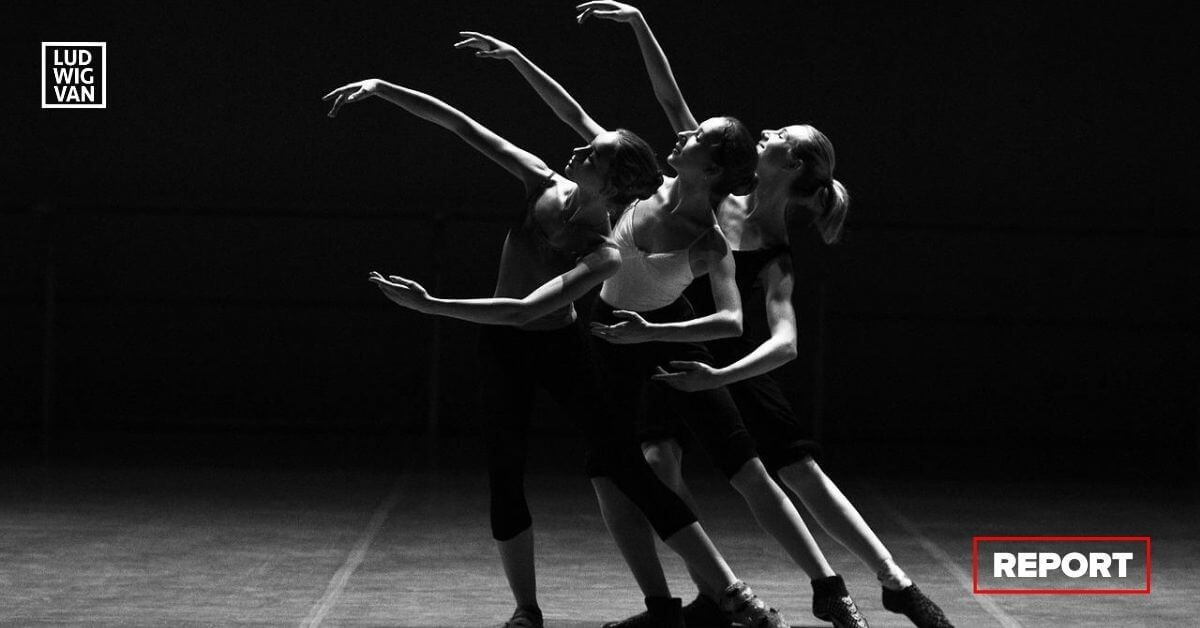
Sensors, music, and software — together, they can be used in therapies designed to improve the ability to walk in patients with impaired nervous systems.
Two American companies, MedRhythms and Biogen, have signed an agreement to take that knowledge and create MR-004, a digital therapy that will be available by prescription specifically to treat MS patients who are experiencing difficulties with walking. It will be the first treatment of its kind if approved.
Biogen is a multinational specializing in developing and delivering treatments for neurological conditions. MedRhythms, the company, grew out of a therapy practice at Spaulding Rehabilitation Hospital in Boston.
What is entrainment?
The company’s tech works on the principle of entrainment. Entrainment was discovered in 1666 by a Dutch physicist by the name of Christian Huygens. He found that two pendulum clocks, if mounted on the same surface, would synchronize with each other.
In essence, the concept of entrainment involves adjusting a behaviour in order to synchronize with the rhythm of another behaviour. A simple example involves dancing to the music you are hearing. You may not even realize that you are aligning your movements with the rhythm at first, and that as you continue dancing, your breathing rate is also synching with the music.
While humans are the only species known so far where all individuals will experience entrainment, there are several nonhuman examples documented in scientific literature.
Another difference: humans can experience what is called rhythmic entrainment between the senses and the motor system.
- Research dating back to 1999 discovered that, for patients with certain movement disorders, rhythmic patterns could entrain parallel movement patterns;
- Entrainment cues, as they are called, could change the timing of movements;
- It could also improve the quality of movements when it came to force and other parameters.
In other words, the body can better anticipate and then perform movements when a predictable rhythm is introduced into the situation.
According to recent research, it’s tied into the way the brain perceives the beat. Whether we move to it or not, we perceive the beat by predicting the next one. We adapt quickly to mistakes by changing our motor behaviours in response to what we hear.
It is believed that the reticulospinal tract, a specific motor pathway between the brain and spinal cord, is involved. The areas associated with processing sound are entwined with various areas of the brain through the reticulospinal connection, including those that govern the timing and sequencing of movements.
What is neuroplasticity?
Within certain parameters, the human brain can adapt to changes, including its function and the structure itself. As we age, even under optimal circumstances, there is much that the brain has to adapt to. It can involve creating new connections between neurons or nerve cells, or modifying existing connections.
Much is yet to be discovered about this process, but one emerging pattern is the idea that everyone is different when it comes to brain neuroplasticity. Many studies have shown that music, and music training, can promote plasticity. Based on the body of evidence, MedRhythms, and the new tech, uses RAS or Rhythmic Auditory Stimulation;
- RAS has been shown to improve movement in over 50 studies;
- Walking was improved using RAS with patient who had suffered conditions such as strokes, Multiple Sclerosis, and Cerebral Palsy, among others.
- The company’s own researchers wrote a research paper that was published by the Brain Injury Association of America.
MedRhythm’s Brian Harris is the company’s CEO and co-founder, and a specialist in Neurologic Music Therapy. “Regardless of age, culture, ability or disability, everybody’s brain objectively responds to music,” he comments in an interview with Forbes Magazine.
“The two primary principles are what we call global activation, and neuroplasticity. So, what the research shows is that when we as humans passively listen to music that we like, it engages or activates the parts of our brain that are responsible for movement, language, attention, memory, emotion and executive function. Quite simply, there’s no other stimulus on earth that engages our brain like music does.”
Specifically:
- The system digitizes RAS using a proprietary algorithm;
- Sensors measure walking data;
- It prescreens music with a view towards therapeutic use, and adapts in real time to activate specific songs, enabling patients to use their own preferred music for entrainment purposes.
As the theory goes, using RAS over time, mobility will be improved as the brain begins to heal itself through neuroplasticity. The new system will attempt to help the brain build those new connections.
#LUDWIGVAN
Get the daily arts news straight to your inbox.